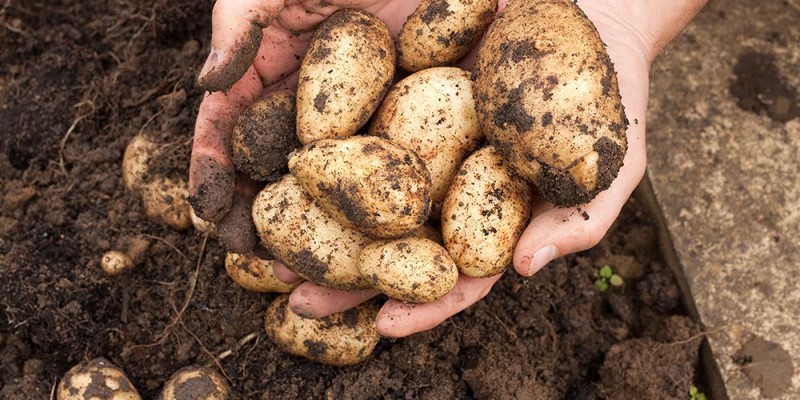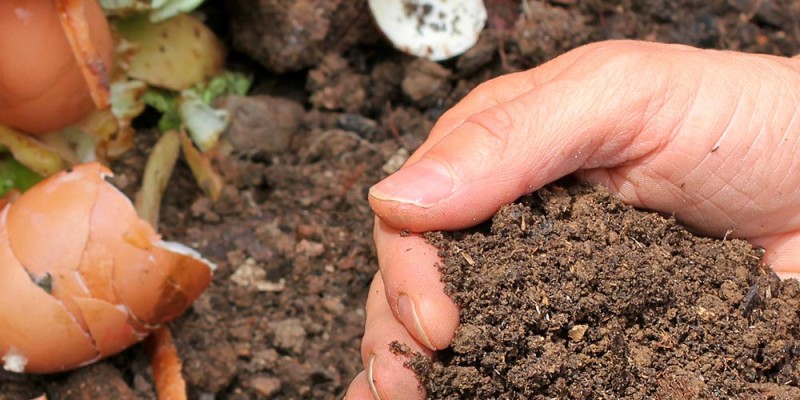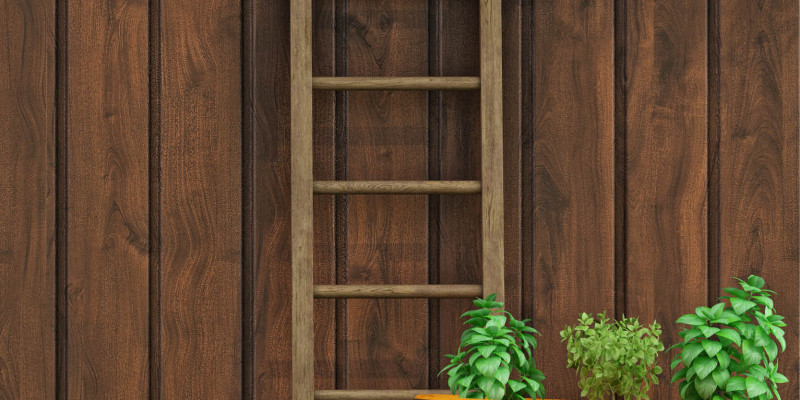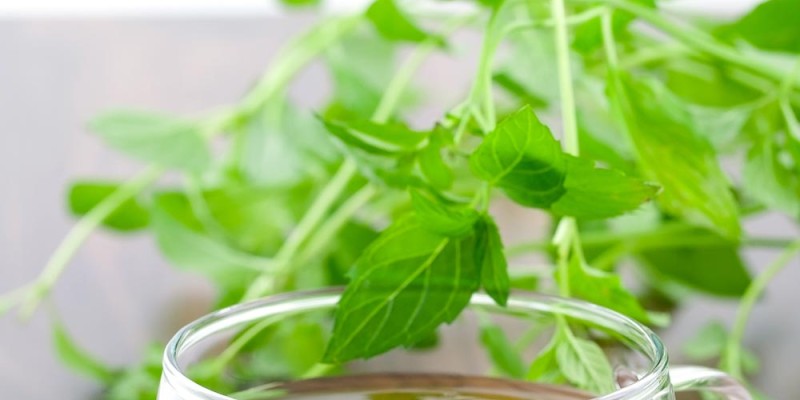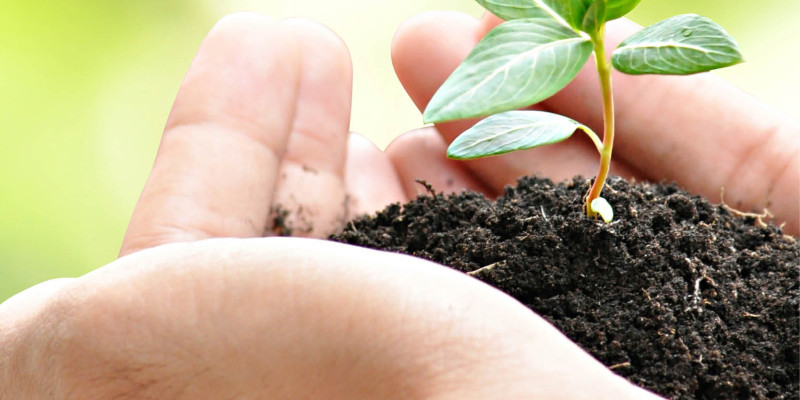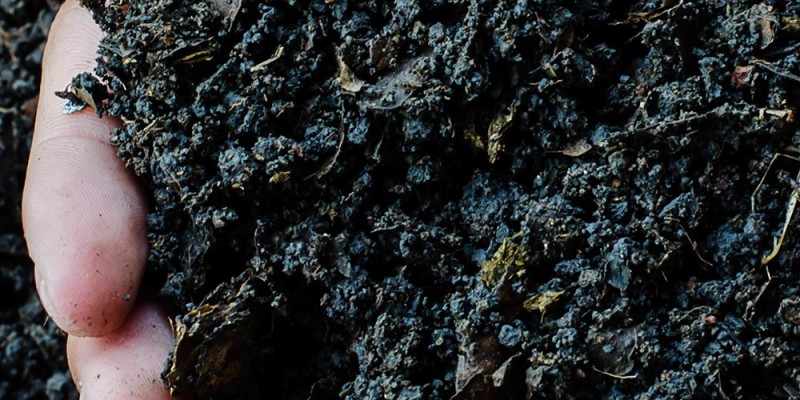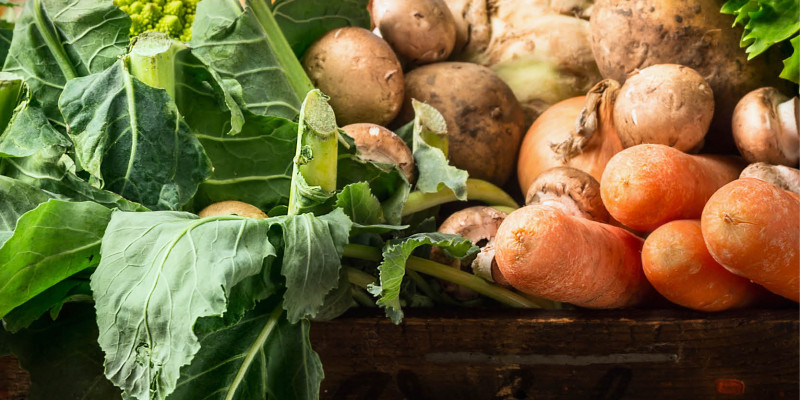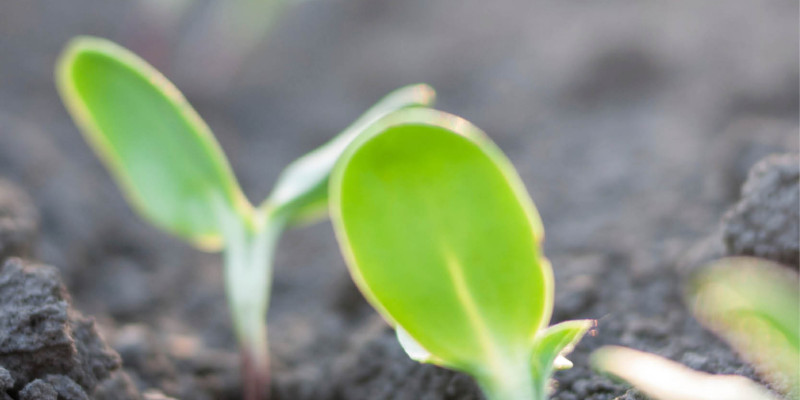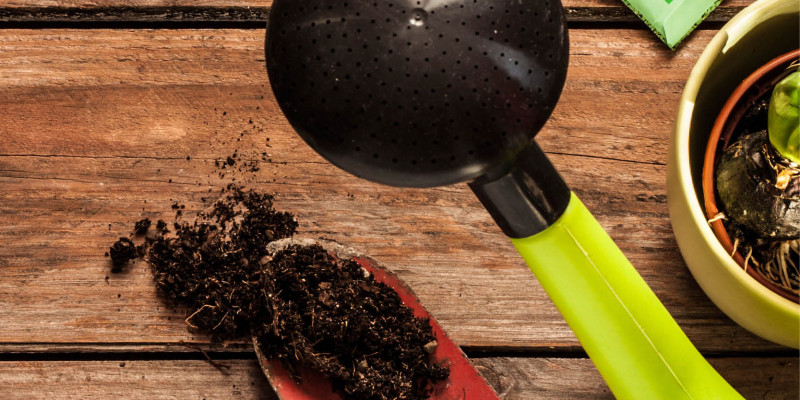Compost is the best way to amend your garden bed to improve vegetable yields. It does not have to be complex or costly to do! It can be done even in harsh winters.
Compost can be broken into three simple components that often come free in most cities and towns!
Residential kitchen scraps. Things like vegetable and fruit cuttings represent the “green” category and used paper towel and cardboard represent the “brown component” avoid glossy paper. Most inc on non-glossy paper is soy based and will break down.
Coffee grounds are a great free resource often being tossed in the garbage by coffee shops. Most of the time calling them in the morning and asking them to collect them for the day works wonders.
Municipal wood chips and leaf/grass compost. These are typically the “brown” ingredients. Most towns produce this during their regular maintenance activities and will give it away or sell it for a very reasonable cost. I recommend getting to the oldest part of the pile as it has had enough time to start breaking down. The leaf and grass compost comes with lots of beneficial aerobic bacteria that will help develop the compost pile.
I like to keep it simple. 50% “green” and 50% “brown” ingredients. To build the pile start with a layer of garden soil or existing compost material. Layer the residential scraps in a 15cm (6in) layer. Add a covering of coffee grounds and a 15cm (6in) layer of finished compost and wood chips. internal layers can be mixed a little to increase the surface contacts between Green and Brown materials. Repeat the process with the top layer of finished compost and wood chips. The finished compost and wood chips will act as a bio filter keeping any smells down.
If you have issues with smell that persist you can use grass clippings or leafs to continue to pile on top.
This pile will heat up and become a great hot compost. If you wish you can flip the pile a few times to get the pile to heat up again by adding oxygen. Heating the pile will help kill off weed seeds. I dont typically flip mine. Once the pile cools off the worms typically come into the pile and it becomes a vermicompost pile.
Planting on top of my compost pile is a great way to increase the production of small urban gardens while covering the pile from view. I typically plant vine crops like pumpkins and squash. Their roots can tolerate the incomplete compost and their roots bring on oxygen and create a symbiotic relationship with beneficial aerobic bacteria. Those bacteria break down the compost and bring in more worms.
it is important to keep the pile moist. when layering you can water when you complete each layer. Make sure to keep the pile moist but not sopping wet. Keeping it moist with oxygen will further cultivate the beneficial aerobic bacteria. Not enough water or way to much will promote the anaerobic bacteria we want to avoid. Keeping the pile moist will keep that bio-filter we were speaking about working. once the pile is dry down to 2-3cm (1in) water the pile.
I would like to send a special thanks to Second Cup in Fort Saskatchewan for providing the free coffee grounds.
Thanks to the City of Fort Saskatchewan for providing the leaf and grass compost and wood chips!
for more information check out these URLs
http://media-cache-ec0.pinimg.com/1200x/34/15/c3/3415c362542d804b72e66d6c8f139e99.jpg
http://media-cache-ak0.pinimg.com/1200x/27/f5/7c/27f57c56b7783985e68605af0860c4c5.jpg
http://media-cache-ec0.pinimg.com/1200x/96/b6/73/96b673420d0b369198da9bcb9e005b64.jpg
